Yamazato Road
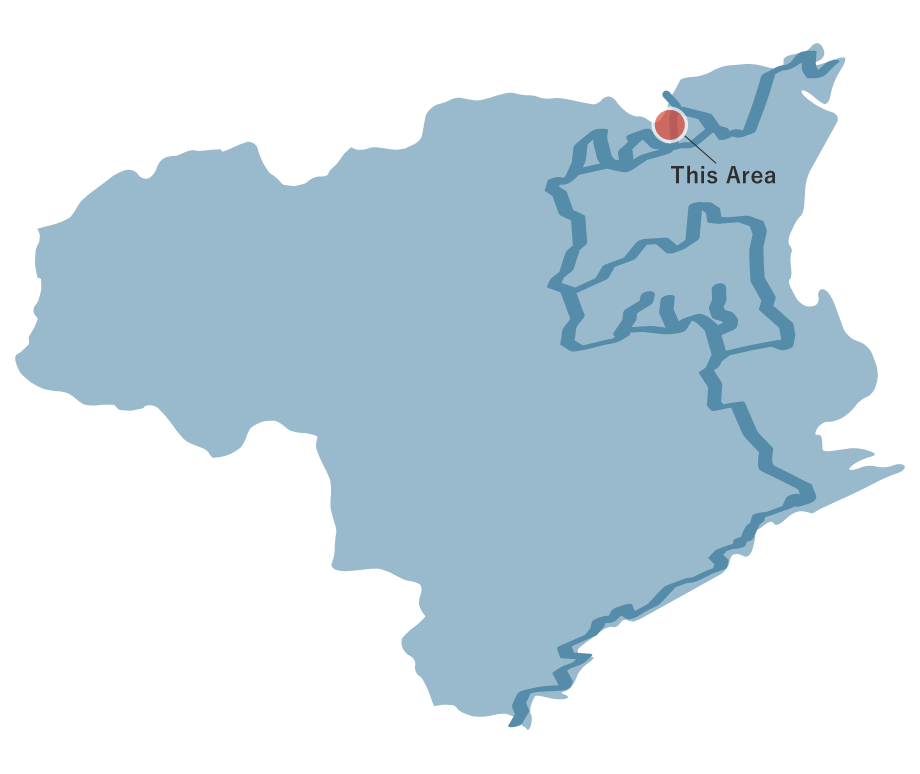
Yamazato Road
From the prefectural border, climb the mountain path to reach the Osaka Pass Viewing Platform.You can see a sweeping view of the deep blue Setonai Sea from the viewing platform.Upon re-entering the mountain path, you will see the path paved with stones.In the past, people traveling to and from the capital or between the old territories of Awa and Sanuki would walk along this road. Because it was so important for the commutation at the time, the path was paved with stones and remains so to this day.When you walk down the pass, you will see a village as you near the mandarin orange orchards nestled between the mountains.At the entrance to the village, you will be greeted by the sight of the ruins of the old guard station, hinting nostalgically of the importance this place used to have to the traffic that traveled through here.
Yamazato Road (8.4 km)

 Spots to photograph
Spots to photograph
If you wish to receive a certificate, please take a photo that includes yourself at the designated photo point for each course.
Nearby sightseeing spots

-
1
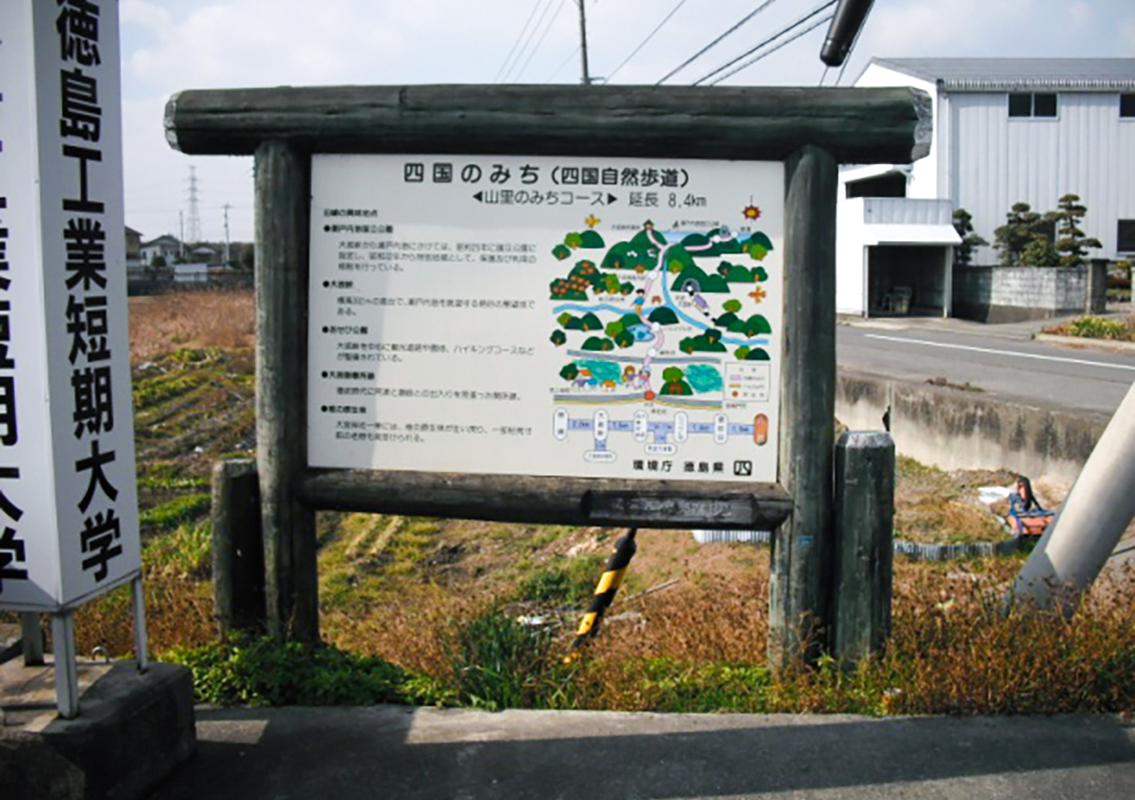 Final Point of Shikoku Road
Final Point of Shikoku RoadThe entire "Shikoku Road" covers 1,600 kilometers, and Inubushi is the final point of the road.Located near the endpoint of the road, the mountain behind Suwa Shrine once had a large-scale burial mound that was one of the biggest in the prefecture.The entertaining legend of “Zen ya Wan wo Kariru”, which is written in the book of Japanese legends “Awa no Maki” is also said to be originated from here.
-
2
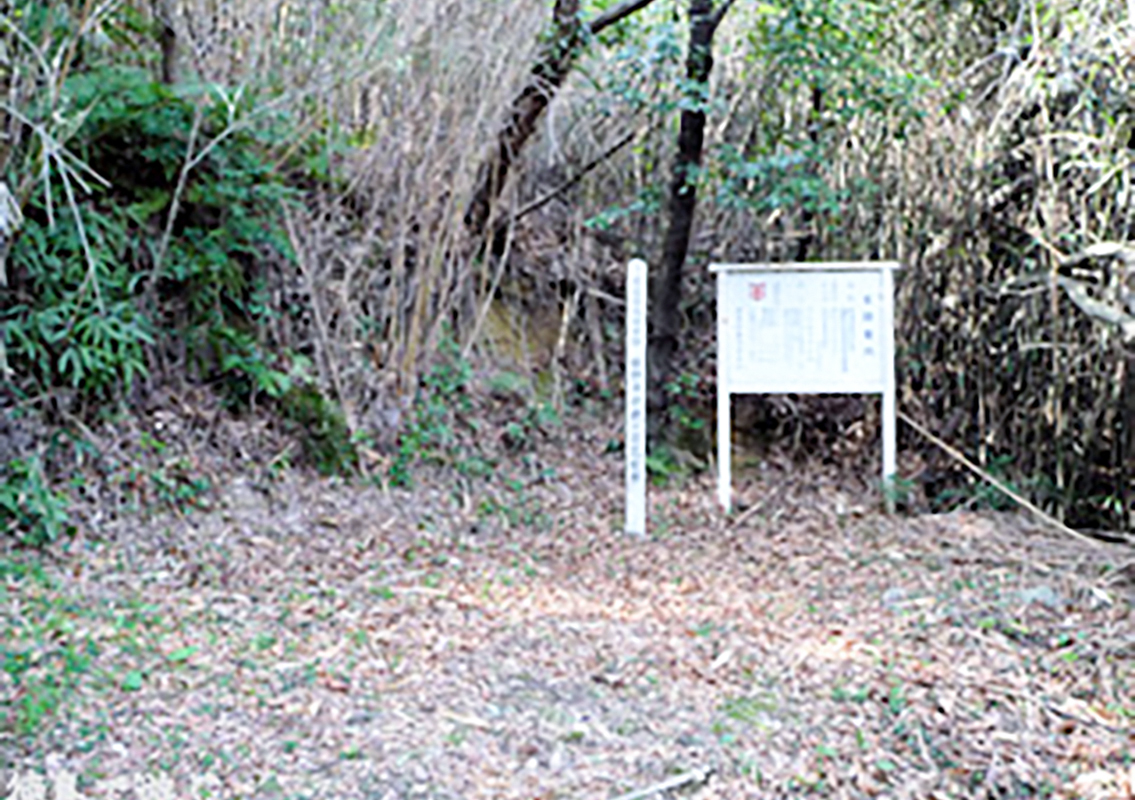 Gakyou Mound of Zozadani
Gakyou Mound of ZozadaniIn the mixed forest of Zozadani lie the prefectural spot of ruins of the gakyou mound.The gakyou were tiles engraved with Buddhist sutras in the late Heian period. Fearing the decline of Buddhism (according to the “pessimism due to decadent age theory”), someone buried the tiles at this spot in the late Heian period.The tiles excavated from the site bear an engraving from 1109 (Year 2 of the Tennin era), and are engraved with sutras as the Lotus Sutra, making them the oldest tile epigraphs in the prefecture.
-
3
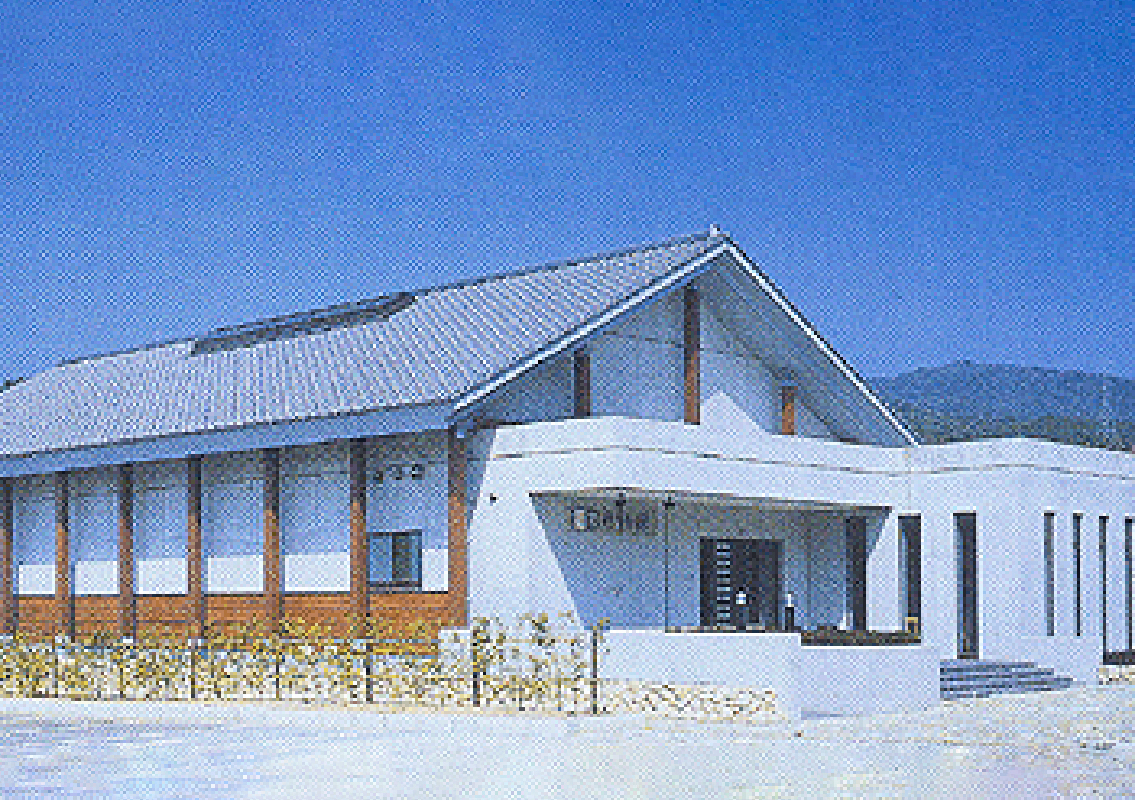 Itanocho History and Culture Park
Itanocho History and Culture ParkBuilt in a hilly area of Itano Town, this lush, green park is an excellent spot for a picnic.The park includes a cultural building with a library and a cultural hall as well as a road-themed Sai no Kan building.The park also serves as a venue for a festival that features the imaginary Itanosaurus dinosaur, the Guto no Go that recreates pit houses and stilt houses, and the Gokoku square that recreates a Daruma kiln.
-
4
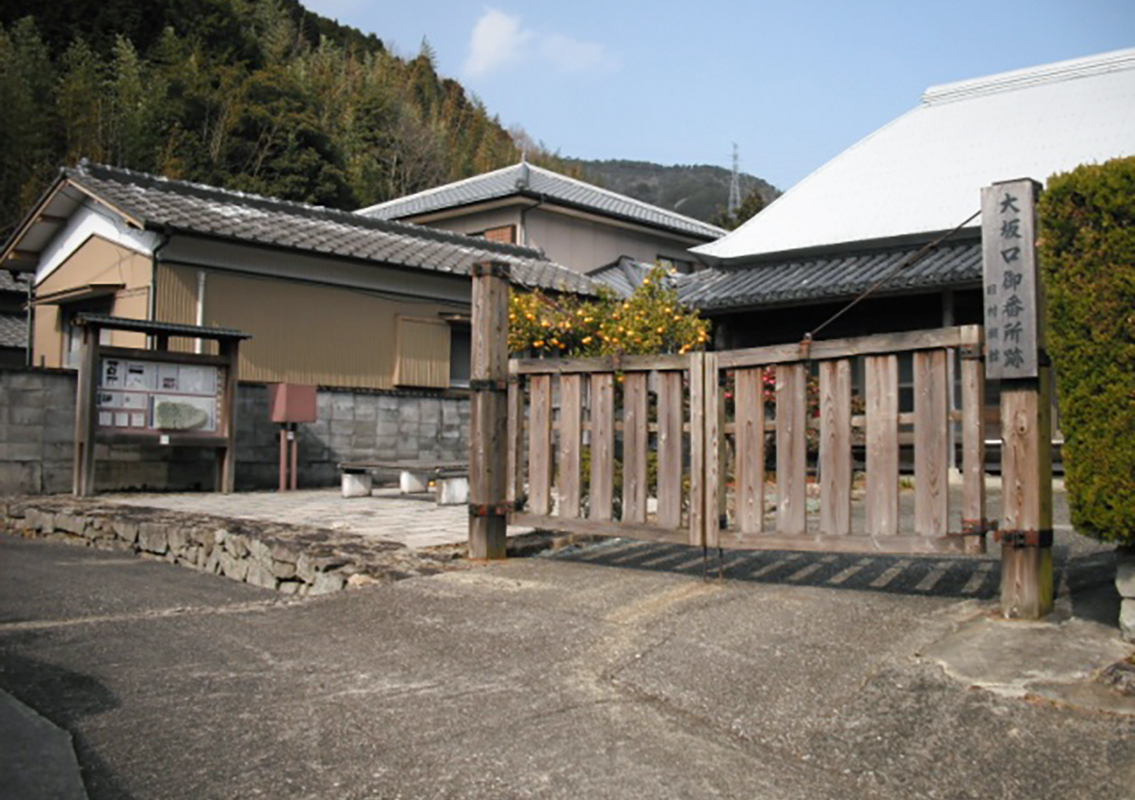 Ruins of Osaka Kuchio Guard Station
Ruins of Osaka Kuchio Guard StationAmong the guard stations the Tokushima Clan once held, the Osaka entrance guard station that once stood in this place was considered the most important checkpoint.For roughly 230 years between the year it was built in 1644 (year 1 of the Shoho era) and its demolition in 1872 (year 5 of the Meiji era), the guards here oversaw the coming and going of passers-by and goods.
-
5
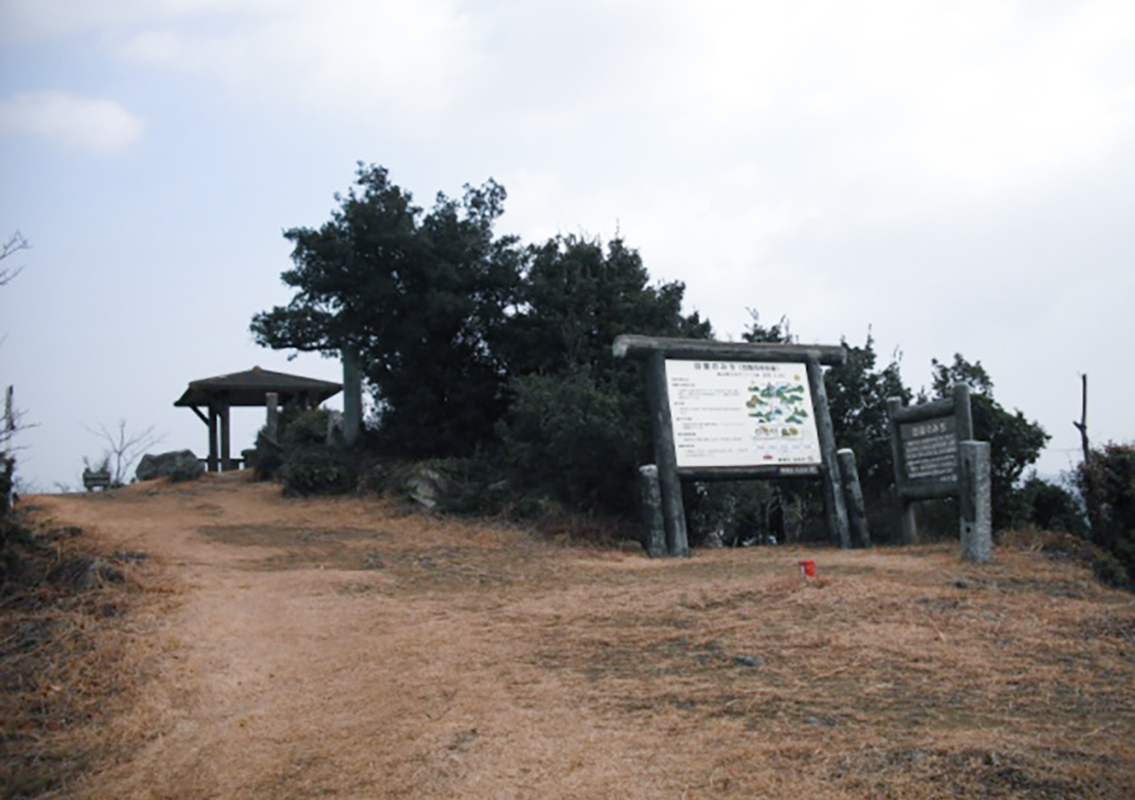 Osaka Pass Viewing Platform
Osaka Pass Viewing PlatformThis roughly 400 meter-high platform is located at the northernmost point of Itanocho, and offers a splendid view of Setonaikai National Park.In 1950, the area between the Osaka Pass and Setonai Sea was designated as the Setonaikai National Park. Since 1957, the park is protected as a special area and the use is subject to rules and regulations.



